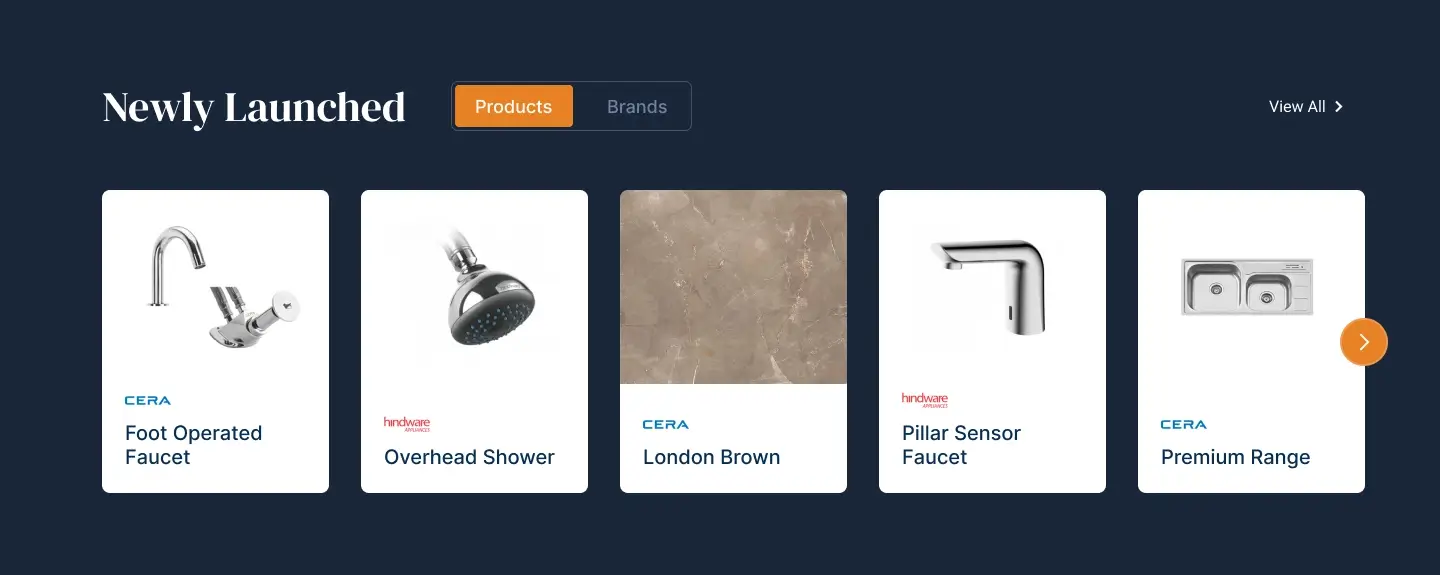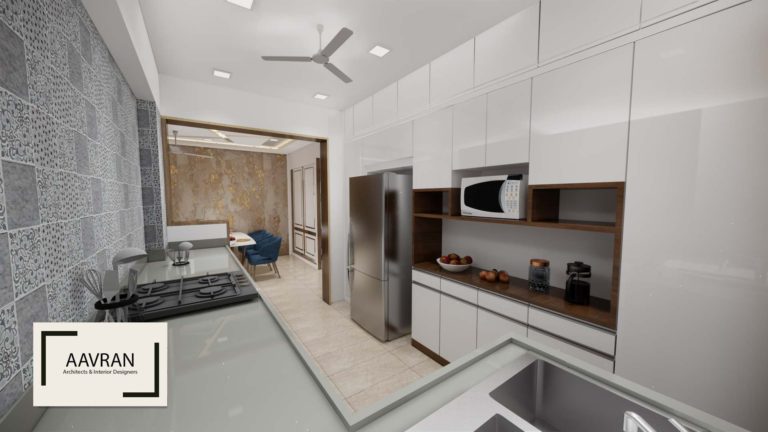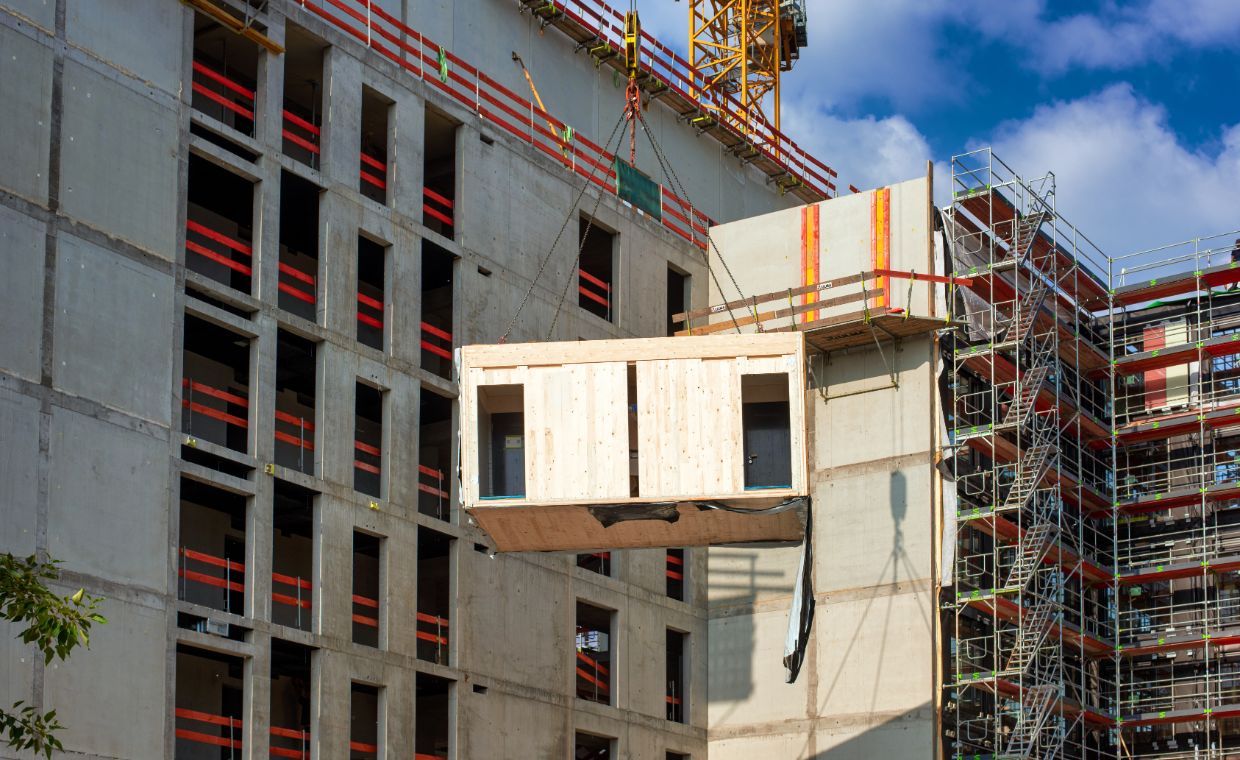
Table of Contents
A well-executed bathroom remodeling project can improve the comfort of everyday life and strengthen a home’s resale potential. Homeowners often face questions about cost, timelines, and the quality of labor and materials. The right bathroom remodeling contractor answers those questions with a high standard of professionalism and craftsmanship, giving property owners peace of mind and a desirable finished product.
This article offers direction on how to select that ideal professional, including ways to assess qualifications, interpret estimates, and safeguard your investment. The process begins with understanding the impact that an expert contractor can have, and it continues with practical steps for vetting potential candidates. Read on for a set of tips designed to save time, money, and stress.
1. Conduct Thorough Research
A strong starting point involves building a list of potential contractors based on local recommendations and reliable online platforms. Many homeowners rely on feedback from neighbors, friends, or colleagues who have completed successful renovations. Professional organizations, such as local builder associations or construction management groups, also keep listings of qualified specialists.
Thorough research involves checking each candidate’s area of focus and whether they have handled projects of similar scope. A specialist in large-scale renovations may not align with the needs of a smaller job, and conversely, a contractor who concentrates on minor improvements might not perform as expected in more comprehensive efforts.
Online forums and reputable review sites serve as virtual word-of-mouth networks. See if homeowners share consistent feedback that highlights punctuality, quality of workmanship, and transparent billing. It also helps to pay attention to any repeated complaints. A common concern may reveal an issue that you would prefer to avoid.
2. Verify Qualifications and Experience
Experienced professionals, such as the experts at Seanote Florida, understand the details that distinguish a durable, stylish bathroom from a hastily assembled space. It helps to inquire about formal training and technical experience, including whether the candidate has overseen projects that mirror your design requirements. Some states offer advanced certifications in specialized areas such as tile installation or plumbing work.
An individual who holds a recognized certification often demonstrates deeper proficiency in those tasks. Years of direct involvement in bathroom renovations can provide insight into a contractor’s capacity for handling unique layouts or design requests. Do not hesitate to ask about noteworthy accomplishments, including completion of high-value or unusual bathroom upgrades. A background rich in varied projects boosts confidence that the person can handle the unexpected.
3. Ensure Proper Licensing and Insurance
Licensing regulations vary by state, so a homeowner should check the status of each candidate. Confirm whether the license stands current or has ever been subject to revocation. Insurance coverage serves as protection against liabilities and accidents. In most instances, contractors carry two forms of insurance: general liability and workers’ compensation.
General liability protects the homeowner from financial losses stemming from damage, while workers’ compensation helps with medical costs if employees sustain injuries on the job. Without valid insurance, the homeowner can risk potential legal and financial complications. It is wise to request documentation and review it for authenticity and up-to-date information.
4. Review Past Work and Portfolio
Photos and testimonials often give a window into the contractor’s style and skill. Many remodelers keep a digital portfolio on their website or social media profiles, showcasing anything from basic fixture replacements to elaborate design transformations.
Homeowners benefit from taking note of color schemes, tile patterns, fixture choices, and other details that might match their personal preferences. It also helps to visit completed projects if possible. In-person visits reveal the level of detail that photos sometimes hide. Look closely at tile grout lines, paint edges, and plumbing fixtures to see whether the work meets high standards. A portfolio that demonstrates variety suggests that the contractor can adapt to traditional, contemporary, or mixed aesthetics.
5. Obtain Detailed Written Estimates
When collecting bids, request itemized breakdowns. Instead of settling for a lump-sum figure, ask for cost divisions among materials, labor, and specialty items such as custom cabinetry. This approach offers clarity on how the overall cost forms. Once you compare multiple bids, you can determine whether one contractor has significantly inflated fees or cut corners on materials.
Also, confirm whether the estimate includes any possible demolition or haul-away charges. Surprises emerge when those expenses are not spelled out in writing. Accurate estimates foster trust and limit confusion once work begins. Insist that the contractor provide all quotes in writing, and keep a copy for your records.
This documentation acts as a reference if a discrepancy arises. Some states have laws that govern residential remodeling contracts, including requirements for quotes above certain thresholds. Read those statutes to confirm that the contractor meets local guidelines.
6. Assess Communication Skills
The way a contractor interacts can hint at how smoothly the bathroom remodel will progress. Open, timely, and courteous conversations form the best partnership. Determine whether the contractor responds to emails or phone calls promptly. Evaluate how they explain technical points, as clear communication can alleviate unnecessary stress.
Ask who will supervise the job day to day. In some scenarios, the lead contractor delegates tasks to a project manager or foreman, so it is wise to confirm the chain of command before the project starts. It also helps to discuss availability and scheduling in detail.
A contractor who outlines a firm timetable demonstrates respect for your household routine. Some homeowners choose to reside in the property during the renovation, so they often prefer progress updates that explain when the bathroom will be out of service.
7. Understand Warranty and Guarantee Offerings
Many firms include warranties on labor. If an installed fixture leaks six months later because of an error in installation, you want to know how the contractor will resolve it. Ask about the duration of any warranties and which materials they cover.
A separate manufacturer’s warranty might protect faucets, sinks, or tubs. Make sure the contractor provides a written description of how the manufacturer’s coverage interacts with the labor warranty. This level of specificity can prevent future disputes if a problem develops.
| Type of Coverage | Typical Duration | Examples |
| Labor Warranty | 1 to 2 Years | Tile installation, plumbing connections |
| Manufacturer’s Warranty | Varies by Brand | Faucets, sinks, bathtubs |
| Structural Warranty (if applicable) | Up to 10 Years | Major framing, foundation work |
8. Check Reputation and Reviews
Multiple review sources help paint a fuller picture. A contractor’s online rating might appear positive, but it is wise to read specific comments to uncover praise or dissatisfaction about timeliness, respect for the home, and responsiveness to concerns. Some localities maintain public records of consumer complaints, which might indicate unresolved disputes.
References provided by the contractor add another layer of clarity. Speaking directly with past clients can reveal how the person managed issues, whether the project came in on time, and how closely the final invoice matched the original quote. A strong professional reputation often points to better results for the homeowner. Although every contractor might have a handful of less positive reviews, patterns of negative feedback should raise caution. Protect yourself by collecting data from as many sources as possible before committing.
9. Conduct Thorough Interviews
Candidates should respond to an in-depth conversation that covers scheduling, budgeting, materials, subcontractors, and the steps they follow to maintain a tidy work environment.
Ask how they handle potential change orders if you decide mid-project to upgrade fixtures. Inquire about how they manage dust or debris. If you stay in the house, you do not want to find items from the demolition scattered in living areas. Face-to-face or video interviews go beyond phone calls.
They help you gauge the contractor’s professionalism and organizational skills. An individual who shows up prepared, listens carefully, and discusses potential obstacles can bring more positive energy to the job site. Keep track of each interview to compare responses and see how well each candidate addresses your core concerns.
10. Review and Understand the Contract
A formal contract should capture the scope of work, start and finish dates, payment schedule, and terms surrounding unexpected costs. This document should identify the specific materials, fixtures, and finishes.
Review it for hidden fees or excessive charges, particularly in areas like demolition or waste disposal. The contract should also cover the procedure if you decide to add or remove certain tasks mid-project. Payment terms often involve a deposit, progress payments, and a final payment upon completion. Avoid bathroom remodeling contractors who demand a high deposit up front. In many states, laws limit how much a remodeler can request before any work begins. Read the fine print to confirm the contractor complies with local regulations.
| Item | Cost Range (USD) | Notes |
| Demolition | 500–2,000 | Includes removal of fixtures and old tile |
| New Fixtures | 1,500–5,000 | Faucets, sink, showerhead, toilet |
| Labor | 2,000–7,000 | Installation, painting, tile work |
| Tile and Flooring | 1,000–4,000 | Depends on material type |
Final Thoughts
Proper planning and thorough investigation lead to success in bathroom remodeling. Whether the space needs a simple refresh or a complete overhaul, a qualified contractor delivers the craftsmanship and organization required for a favorable result. Homeowners gain clarity by comparing multiple bids, interviewing candidates in depth, and requesting proof of licensing and insurance.
Checking references or portfolios reduces the chance of unpleasant discoveries later in the project, and requesting detailed estimates helps confirm that the chosen professional can deliver within a set budget. A strong contract can act as a safety net when unexpected situations arise. If a homeowner and contractor share opens communication, they can handle unforeseen matters more smoothly, preserving a better working relationship.
The reward for this effort extends beyond the finished bathroom. By investing time in evaluations and contract reviews, homeowners build a project experience that respects their daily schedule and their financial position. That sense of security often translates into greater enjoyment of the newly refined space. With the tips presented here, individuals stand in a better position to select a bathroom remodeling contractor whose approach and expertise bring long-lasting benefits, both in day-to-day living and overall property value.
Also Read: How You Can Smartly Renovate Your New Home?






























